Description
The Science and Engineering of Materials Sixth Edition describes the foundations and applications of materials science as predicated upon the structure-processing-properties paradigm with the goal of providing enough science so that the reader may understand basic materials phenomena, and enough engineering to prepare a wide range of students for competent professional practice.
By selecting the appropriate topics from the wealth of material provided in The Science and Engineering of Materials, instructors can emphasize materials, provide a general overview, concentrate on mechanical behavior, or focus on physical properties. Since the book has more material than is needed for a one-semester course, students will also have a useful reference for subsequent courses in manufacturing, materials, design, or materials selection.
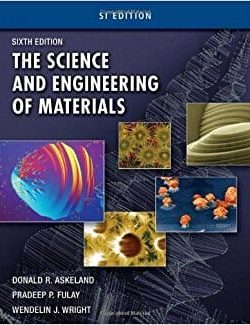
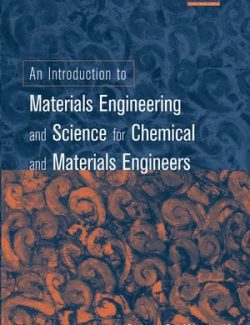
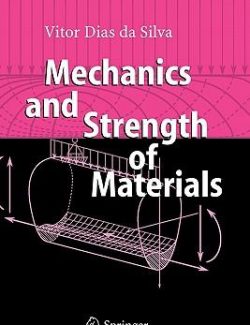
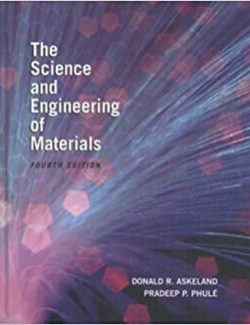
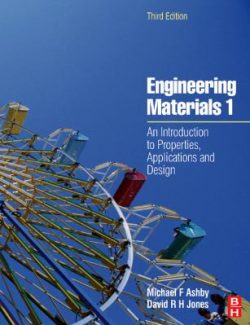
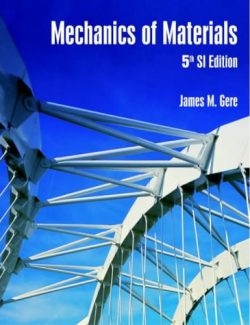
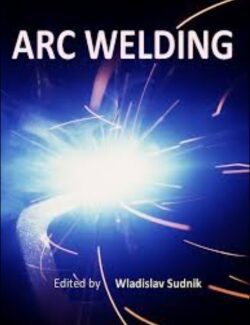
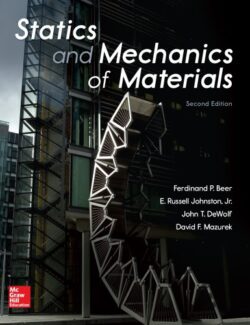
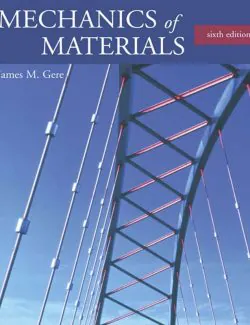

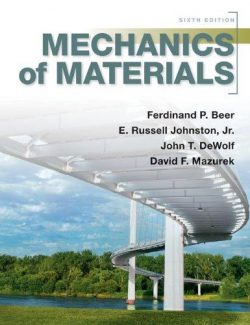
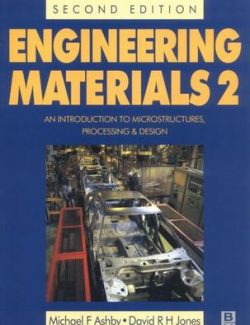
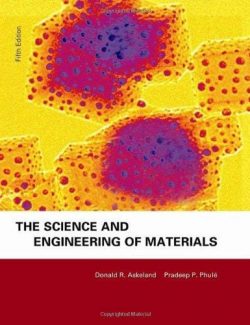
Leave us a comment
No Comments